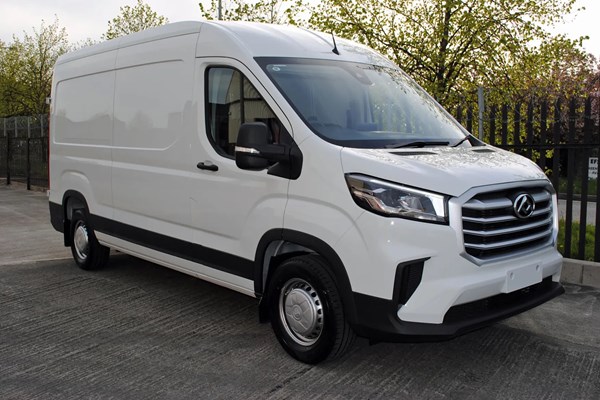Maxus Deliver 9 van review (2024)
Value offering in the large van class isn't half bad
PROS
- Cheap to buy
- Lots of safety equipment
- Comfortable ride
- Good availability
- Decent payload figures
CONS
- Agricultural engine
- Not much choice in the range
- Short service intervals
- Dealer network sparse in places
- Cheap-feeling cabin
Summary
The usual players in the large van market are well established and, for the most part, really very good. But undercutting them all on price is this entrant from Chinese brand Maxus – the Deliver 9.
First launched in 2020 (without much fanfare, due to Covid-19) it’s now available to buy in the UK either as an all-electric rival to the Ford E-Transit and Fiat e-Ducato or as this diesel model tested here.
Clever it ain’t. The Deliver 9 does exactly nothing new or exciting – instead, it focuses on providing a good payload, large load area, competitive running costs and a high-spec cabin all for less than its main rivals.
Body styles and trim levels
The Deliver 9 range is fairly lean but should offer something for most. The van comes in just one body length, named ‘Long’ (the chassis cab can be had in two lengths) and with either a High roof or an Extra High roof.
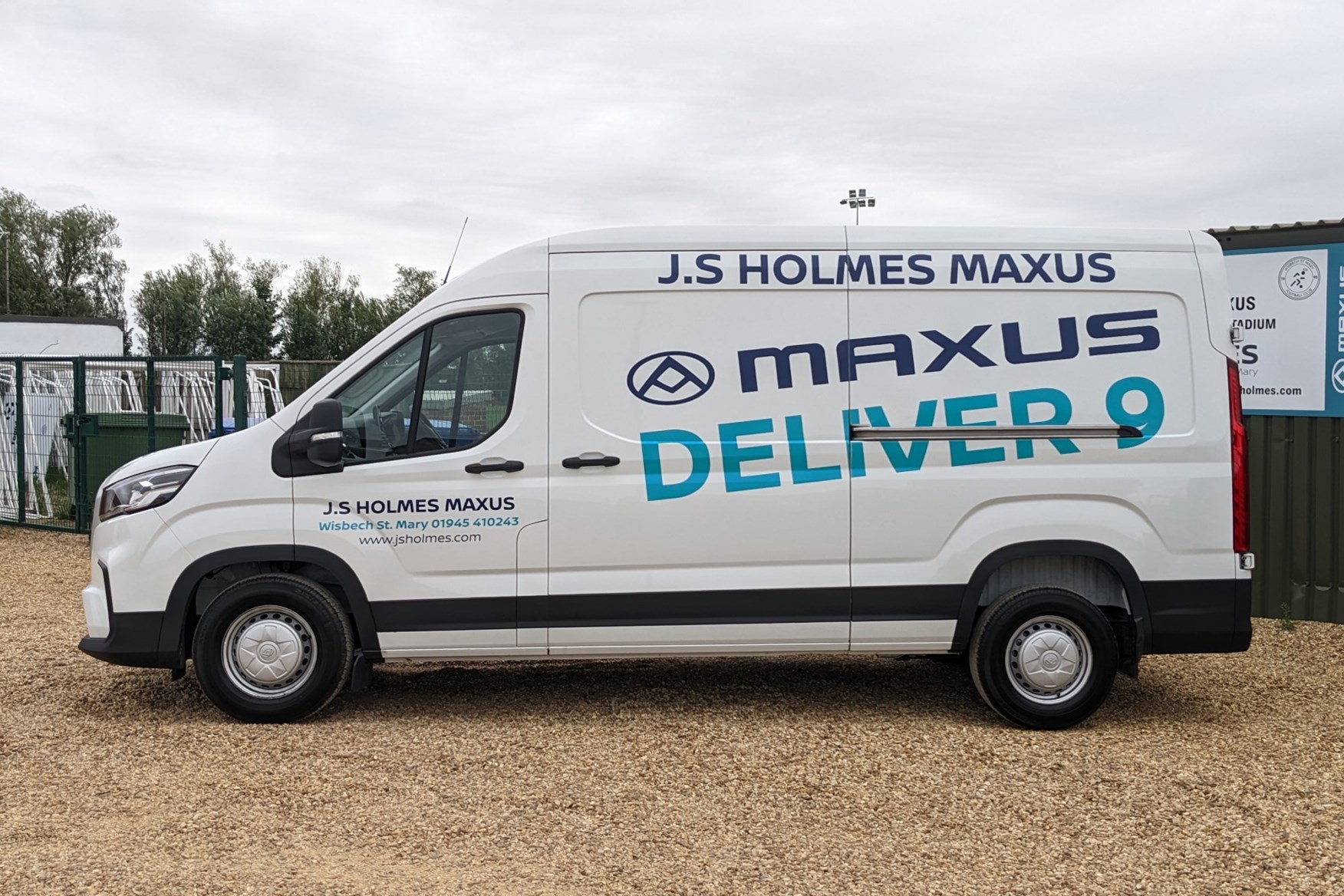
The Long van is similar in size to an L3 Ford Transit – it’s the most popular option and we’re not surprised it’s the only one Maxus offers.
There’s one engine, a 2.0-litre, four-cylinder diesel paired exclusively to a manual gearbox, and a choice of two trim levels named Standard and Luxury. It’s worth noting though that even for the Deliver 9’s low price, the Standard trim is comparatively well equipped.
Where can I buy a Maxus van?
Maxus vans are imported into the UK via the Irish Harris Group, and sold via around 67 dealers. They’re a mixture of local dealers – the sort that would have sold Great Wall vehicles back in the day – and larger commercial dealers accustomed to selling trucks and servicing fleets.
What are the Maxus Deliver 9’s rivals?
The Deliver 9 is an entirely conventional size for a large van (unlike its smaller all-electric sibling, the eDeliver 3, which straddles small and medium vans). As a result it’s a natural rival for everything from the Volkswagen Crafter/MAN TGE to the Ford Transit, Fiat Ducato and smaller versions of the Iveco Daily.
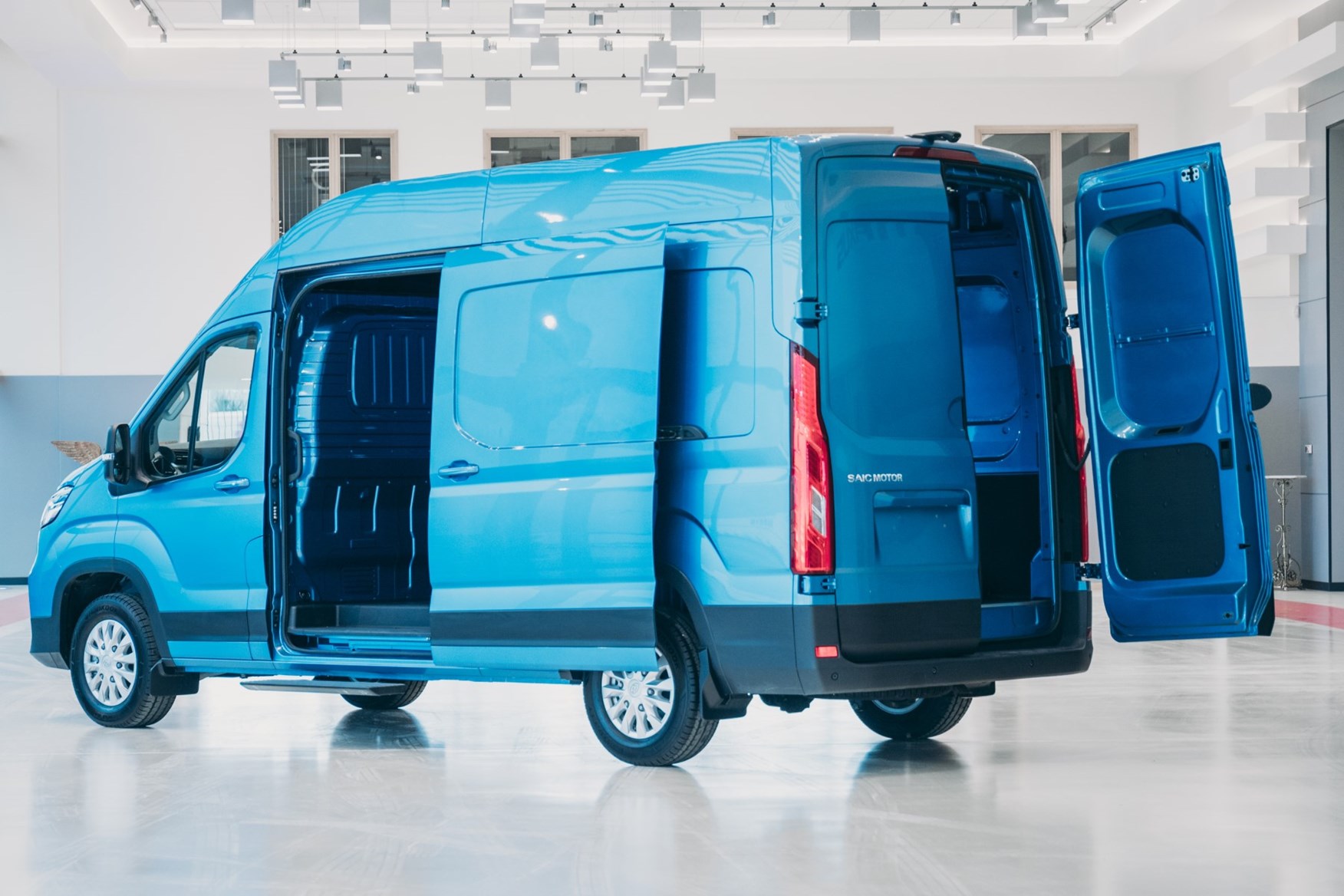
Competing on value is always tricky to do but given the number of Deliver 9s you see in service – even with some quite large firms – it seems commercial buyers are switched on to Maxus and the potential cost savings on offer.
Skip to our full verdict on...
- Engine and gearshift a little agricultural
- Rides well unladen
- Electric variant best for urban driving
The previous Maxus large van used an engine generously described as ‘well-proven’, but the Deliver 9 uses a new engine of Maxus’ own design. It’s a 2.0-litre diesel known internally as the SAIC Pi engine, and it produces 163hp and 375Nm of torque.
What’s the Maxus Deliver 9 like to drive?
We’ll start with that engine. In some ways it feels similar to the 2.5-litre VM Motori unit it replaces, with a rather lumpy power delivery, though we’re glad to report it’s significantly more powerful and vastly more refined. Still, it’s nothing like as smooth and quiet as rivals in the Ford Transit or Mercedes Sprinter.
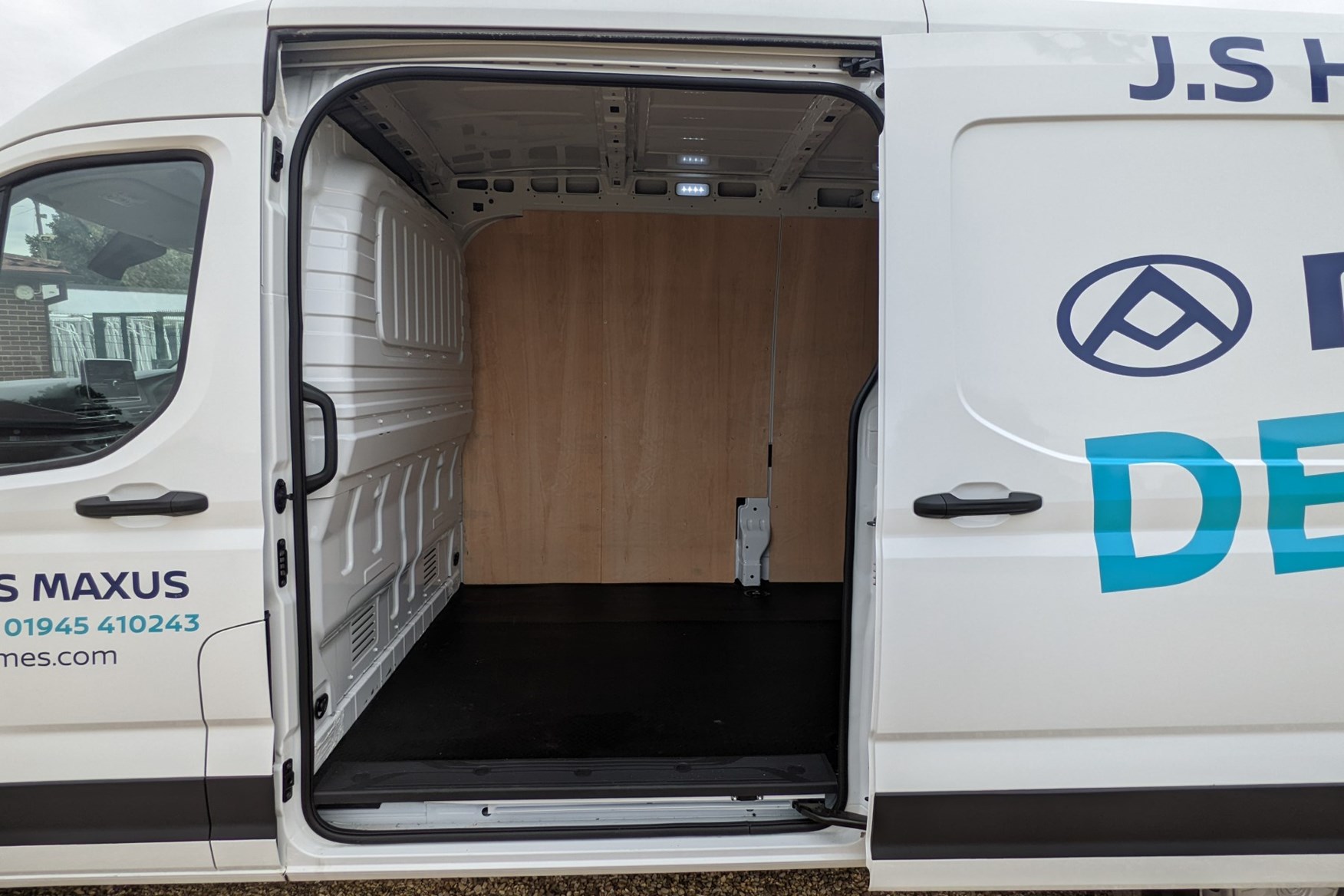
Peak torque comes in fairly rapidly at around 1,500rpm so you don’t have to work the engine very hard in order to make good progress. It’s in a fairly narrow band, though, which means you’ll need to stir the six-speed manual gearbox quite a lot – and there’s no automatic option.
Sadly the gearbox is rather nasty. It has a light but notchy action, feeling as though parts that shouldn’t necessarily be rubbing together are. Worse, the hole in the dashboard seems to be smaller than the gearbox gates – so changing from third to fourth elicits a loud crack as the gear lever slams into the side of its surround. Not very satisfying.
How does it handle?
The Deliver 9 van is exclusively FWD – you can get RWD on the chassis cab model, while the power steering is electric.
The steering is particularly light making city driving easy, but it’s also rather lacking in feedback so not as reassuring on a twisting road as a Ford Transit. The Deliver 9 does ride well, though – it’s comfortable even without anything in the back, not always the case for large vans.
Refinement is acceptable too too without much wind or road noise, though the cabin is rather boomy probably due to the echoey hard plastics used.
- Simple, attractive cabin
- Storage is at a premium
- Cramped for the taller driver
The Deliver 9’s cab looks similar to the pre-facelift Ford Transit’s, with an infotainment screen (or a more basic stereo) set high up on the dash, with climate controls positioned the other side of the gear lever pod.
It looks modern, functions as it should and is a vast improvement over the old V80. It’s also rather more car-like than some of its main rivals, such as the Renault Master or Peugeot Boxer, which is genuinely a good thing. That impression does rather go away once you start touching things, though – while the cab seems well-enough constructed, it’s not made out of particularly nice-feeling or hardwearing materials.
It’s easy to navigate and simple to get comfortable.
That’s assuming you’re not too tall. Though there’s a good amount of adjustment in the driver’s seat, the bulkhead prevents it from going back far enough to be comfortable for drivers over 6ft. The middle seat’s also not particularly accommodating for adults, though it’s no worse than a lot of rivals. The seats themselves are a little bit flat, but feel hardwearing and offer reasonable support for your lower back if not a great deal of lateral security.
Storage is also at a bit of a premium. The door pockets are large enough to accommodate bottles, but rivals have several levels for items of different sizes. You also don’t get any storage atop the dash, and the glovebox is small.
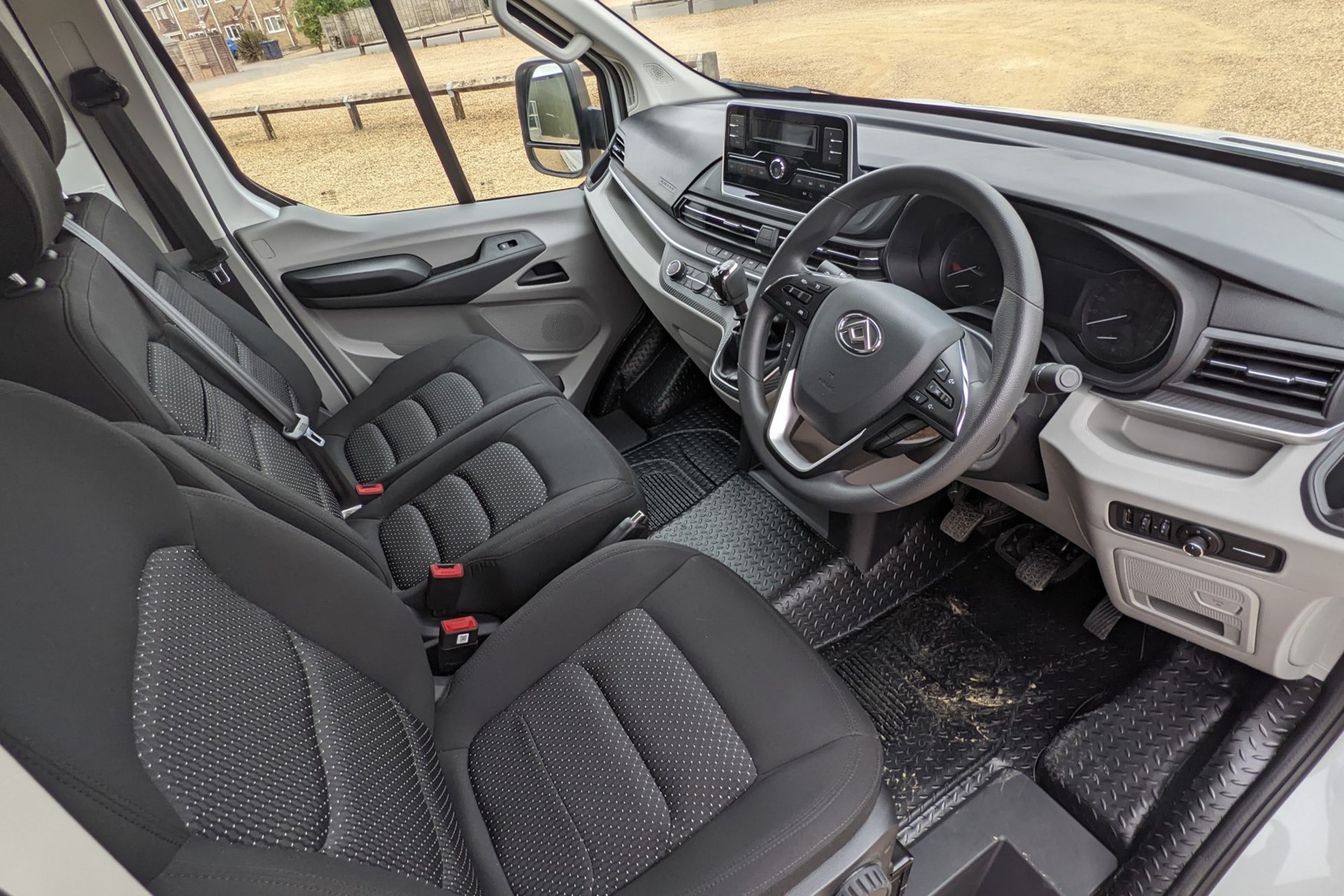
It’s also worth mentioning the floor covering. It’s hardwearing and easy to clean off, but is actually very slippery – not ideal if you’re getting in and out several times a day.
Car-like infotainment
The standard Deliver 9 trim gets a regular stereo with an LCD display. It has big, easy-to-hit buttons and Bluetooth connectivity, but not much else – you don’t even get DAB radio.
The Luxury model comes with a large, 10.0-inch infotainment touchscreen which feels much more modern. Systems in the Transit or Sprinter are slicker but the Maxus system is large, clear and responsive. It still lacks DAB radio, but it does get Apple CarPlay and Android Auto – though it’s annoying that you only get one USB port and there’s nowhere convenient to store your phone while it’s plugged in. All models do get steering-wheel mounted controls for the radio, though, which is nice.
The Deliver 9 looks like good value when it comes to list price. It starts from just over £28,000 ex. VAT, which represents a nearly £5,000 saving over the most basic Ford Transit – that’s one with a 105hp engine and very little standard equipment.
That makes the Deliver 9 a significantly more compelling proposition than its lukewarm driving dynamics or low-rent interior plastics would have you believe. If a low initial cost is your biggest priority and you’re not able to close the gap by ordering rivals in large numbers, then the Maxus seems quite appealing.
Maxus Deliver 9 fuel economy
Official fuel economy of around 28.8mpg isn’t spectacular with the best rivals achieving over 40mpg if driven carefully. On our test drives we saw over 30mpg from the trip computer, though, so things could be better than they appear at first – but regardless, this won’t be the best van for you if fuel economy is your biggest concern.
Maxus Deliver 9 service intervals and warranty
Service intervals for the Deliver 9 are set at every 12 months or 18,645 miles (30,000km). That’s annoyingly frequent, given most rivals can go up to two years between services. You do however get a usefully long five-year, 125,000 mile warranty.
Maxus Deliver 9 standard equipment
There are two trim levels on offer – a base model and a ‘Luxury’. Trim highlights of each are as follows:
Maxus Deliver 9 base model standard equipment
- 8-way adjustable driver’s seat
- Air-conditioning
- Autonomous emergency braking
- Cruise control
- Electric front windows
- Remote central locking
- Front driver and passenger airbags
- Lane departure warning
- Manual DPF regeneration
- Rear parking sensors
- Bluetooth, AUX and USB connectivity
- Stop/start
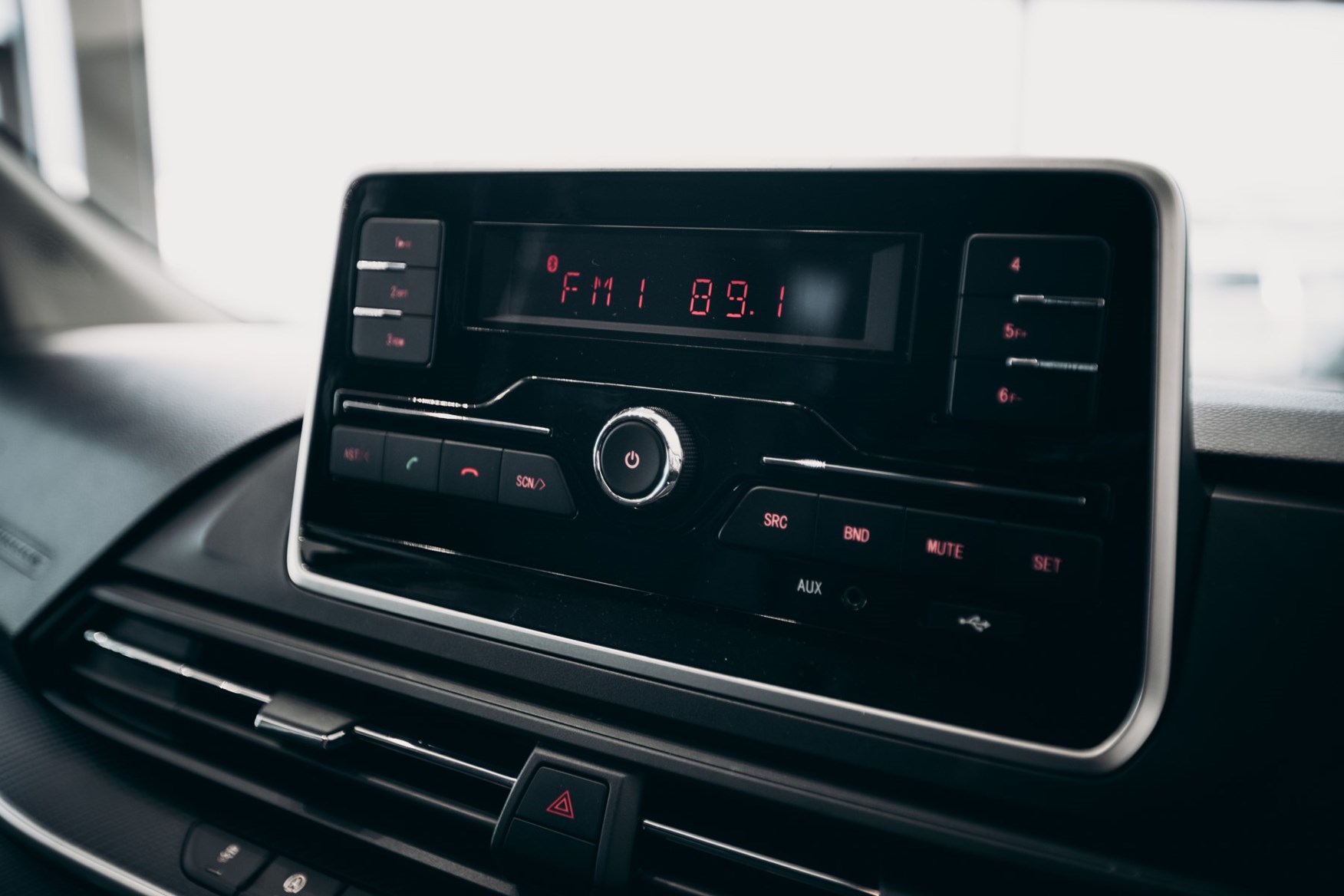
Maxus Deliver 9 Luxury standard equipment
- 16-inch alloy wheels
- 10.0-inch touchscreen infotainment system
- Apple CarPlay and Android Auto
- Blind-spot monitoring
- LED headlights
- Front parking sensors
- Reversing camera
- Keyless entry and start
The omission of DAB radio aside, this is an impressive kit roster, with the safety equipment in particular reassuring – and generous when some rivals relegate passenger airbags to the options list.
There’s little data on Maxus vans in the UK as the brand is a relatively recent arrival. This van uses a new engine rather than the well-proven unit of the old V80. However, SAIC Motor – parent brand of Maxus as well as MG – is a huge company, so don’t go panicking that the brand’s relative scarcity in the market so far means it’s going to be difficult to get parts or service in the future.
One major boon for reliability, at least in the short term, is the presence of a manual regeneration button for the diesel particulate filter. DPF failure is a common problem on diesel vans used for short trips or mainly in an urban environment, as the exhaust system never gets hot enough to burn off the accumulated soot. A way to manually do this periodically should help eliminate that issue – provided you use the function, that is.
Safety kit for the Deliver 9 is better than most of its rivals out of the box, with autonomous emergency braking and lane keep assist as standard plus driver and passenger airbags.
Step up to the Luxury trim level and you get a reversing camera and blind-spot monitoring.
That’s an impressive roster for a budget van.
Which MAXUS Deliver 9 is best for me?
It’s a simple choice of trim level here, as the panel van’s only offered in one body length and with one engine. So decide if you want the cheapest possible purchase price or the additional equipment offered by the Luxury model.



